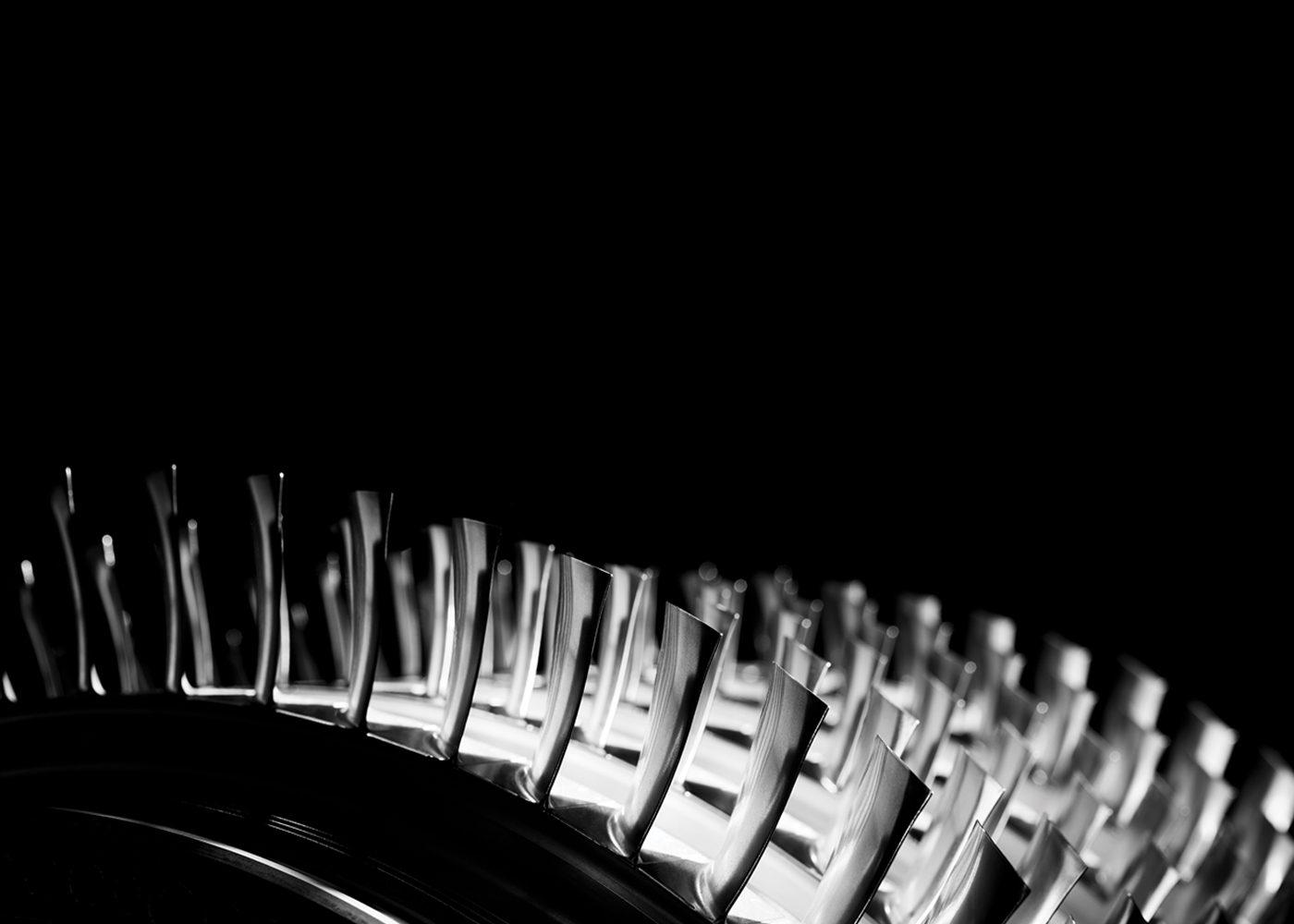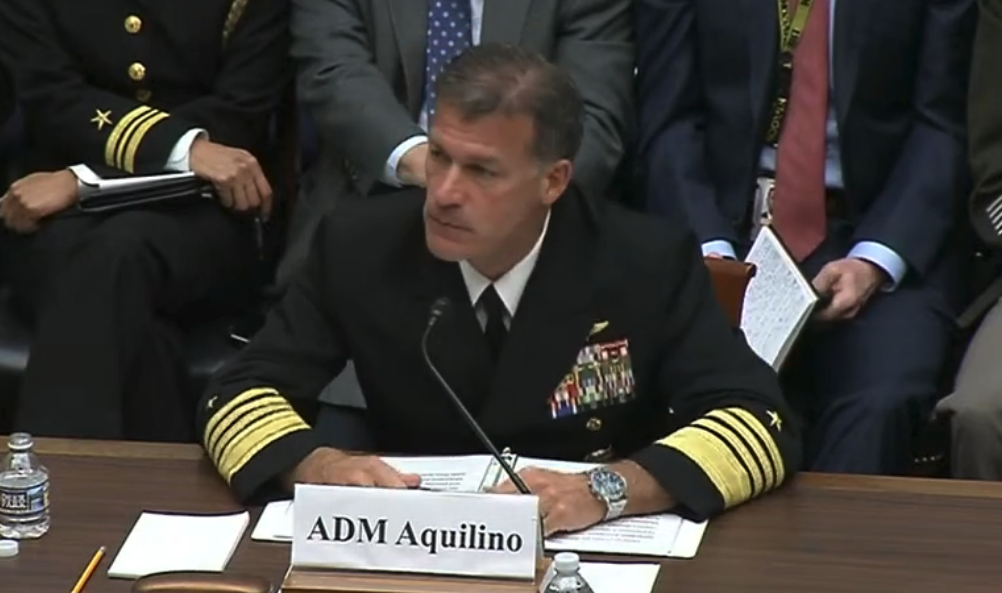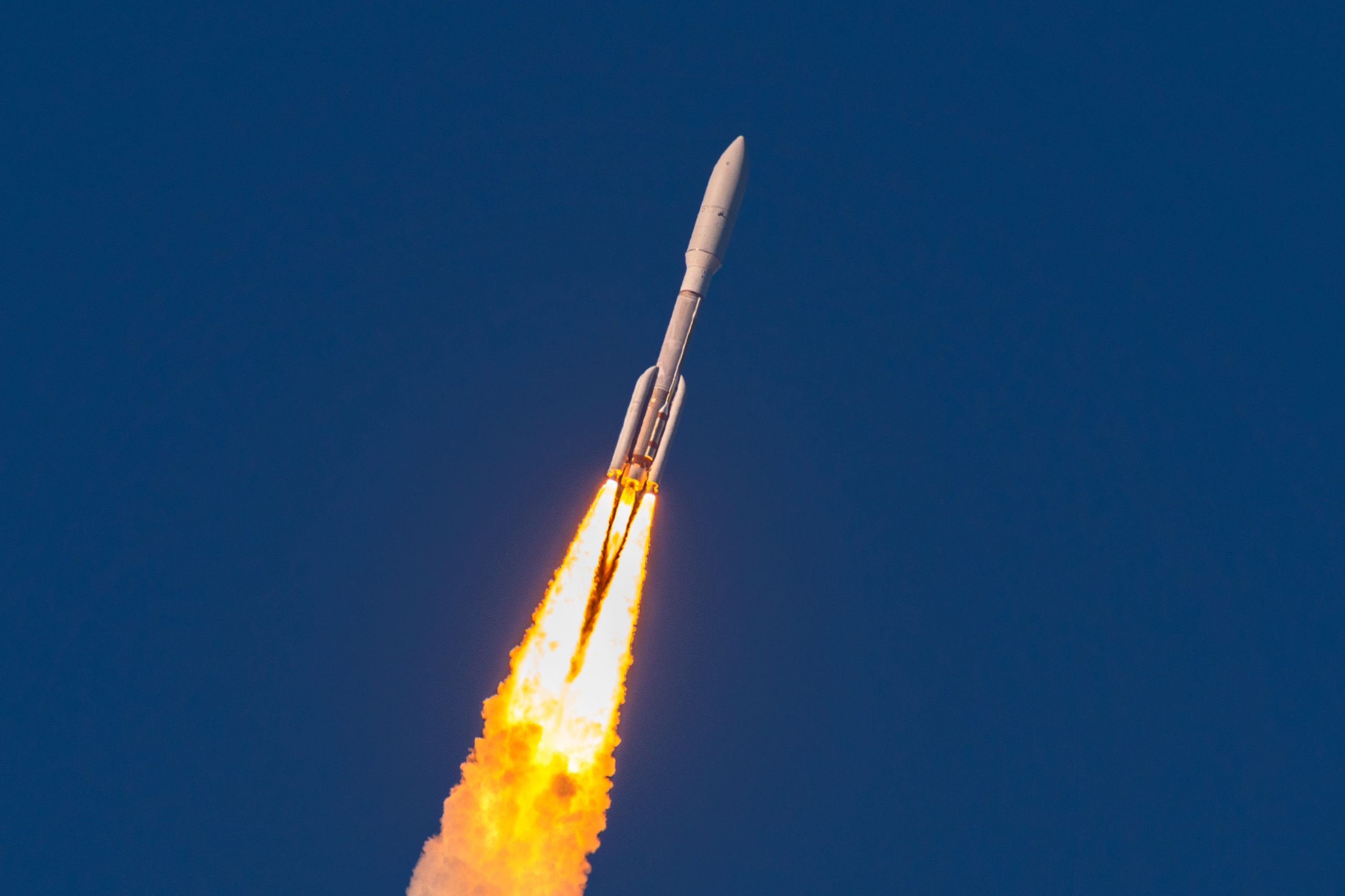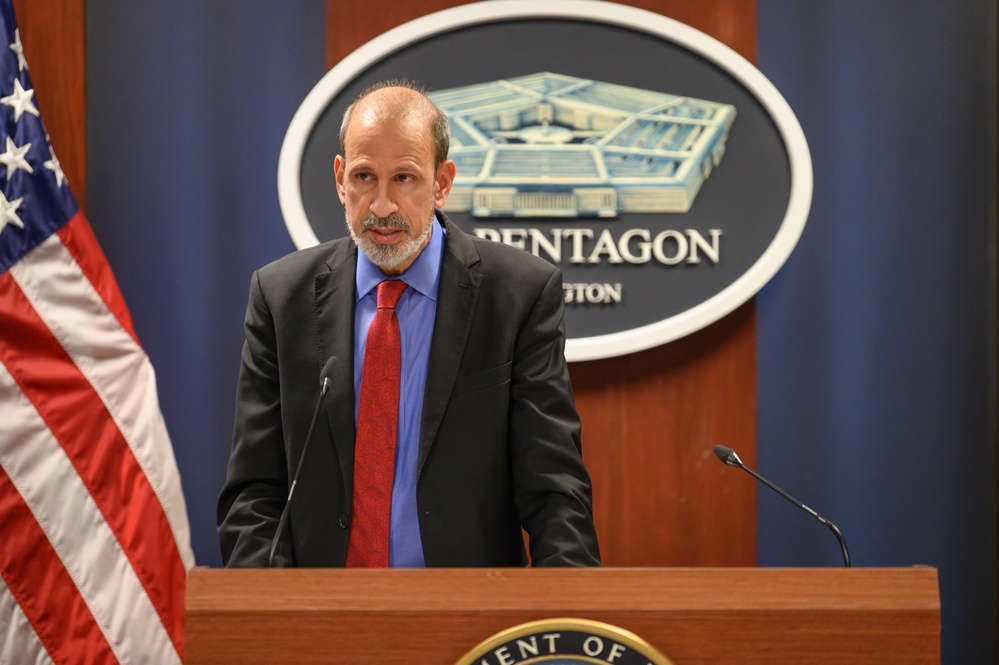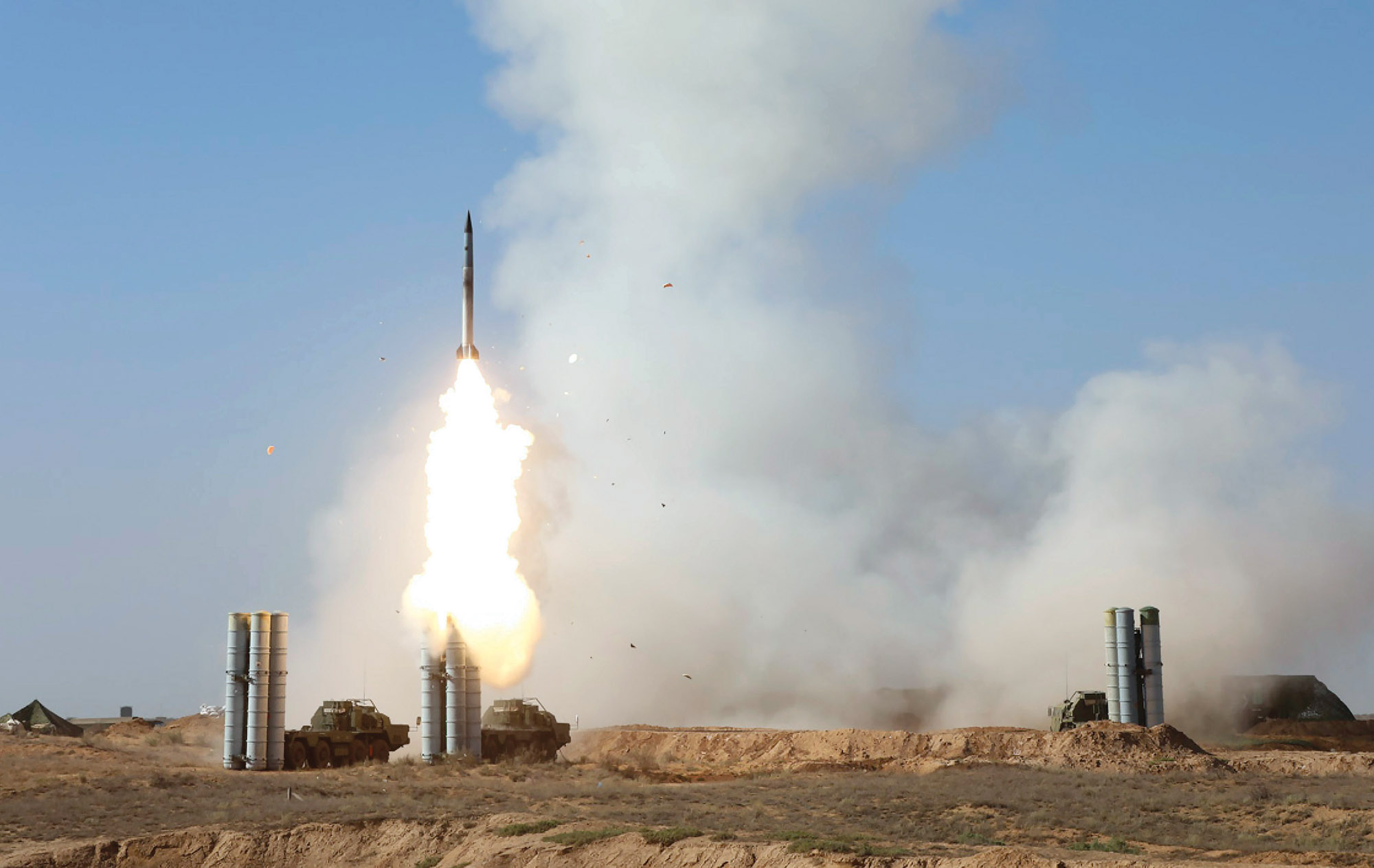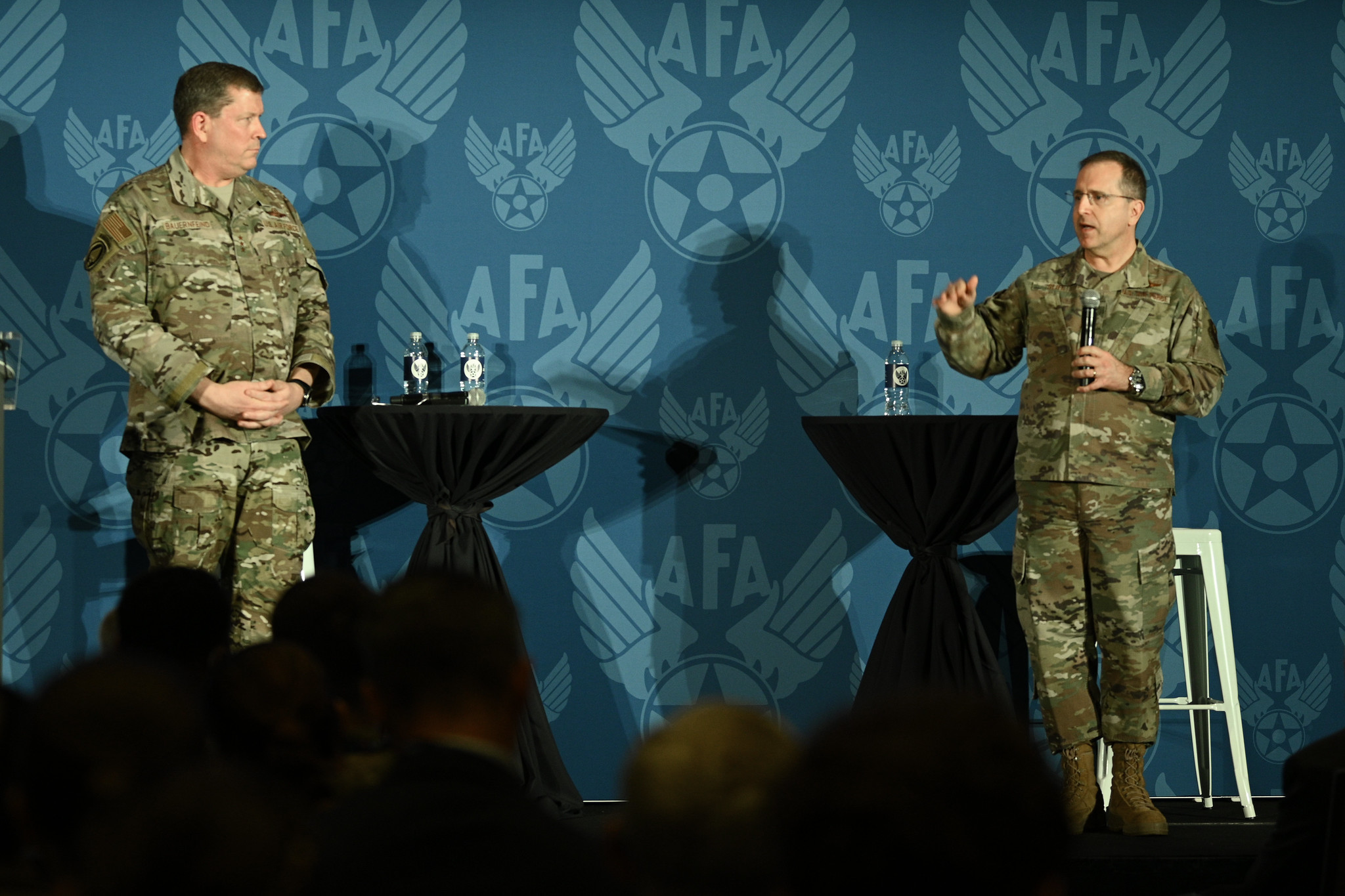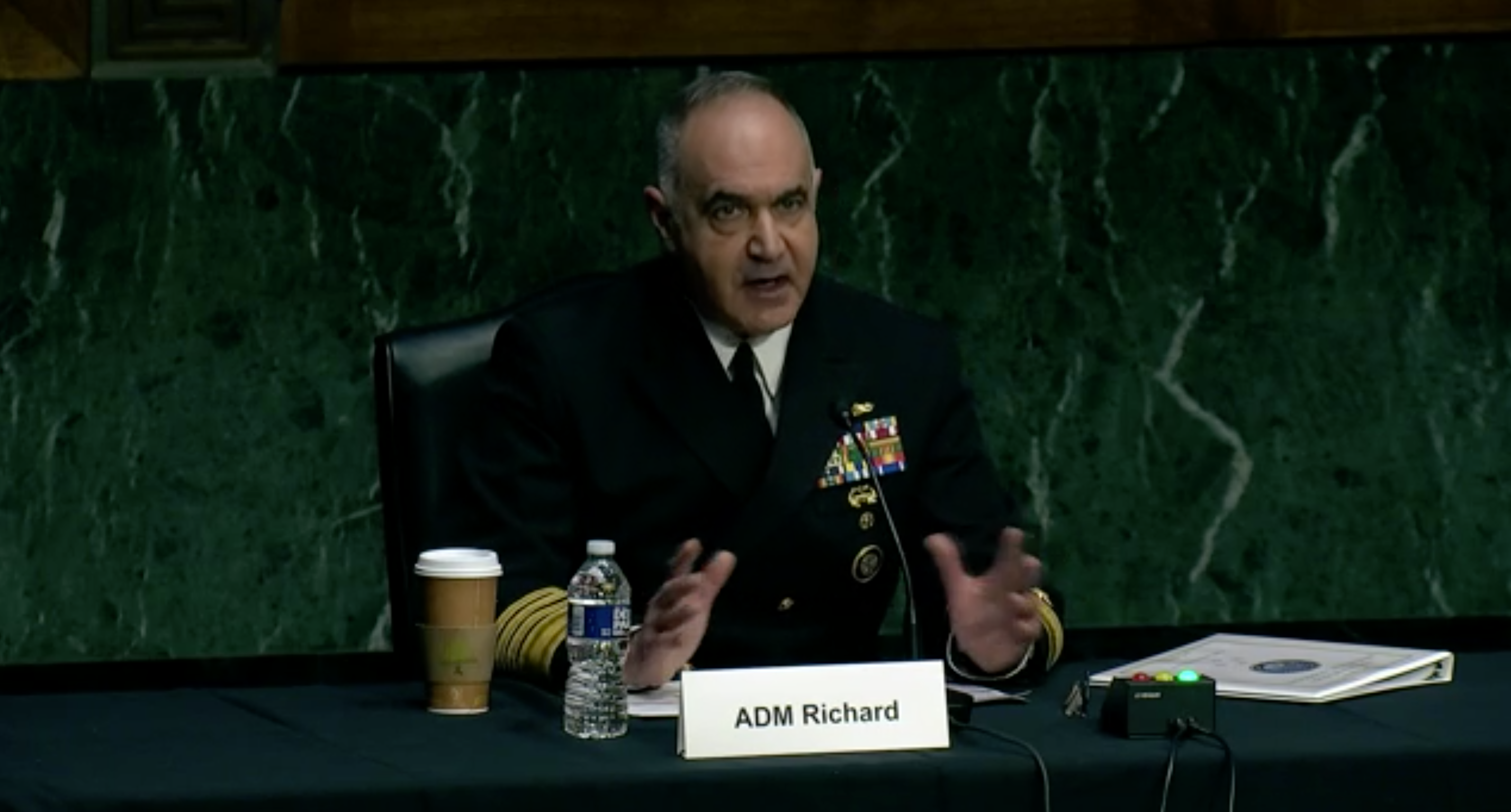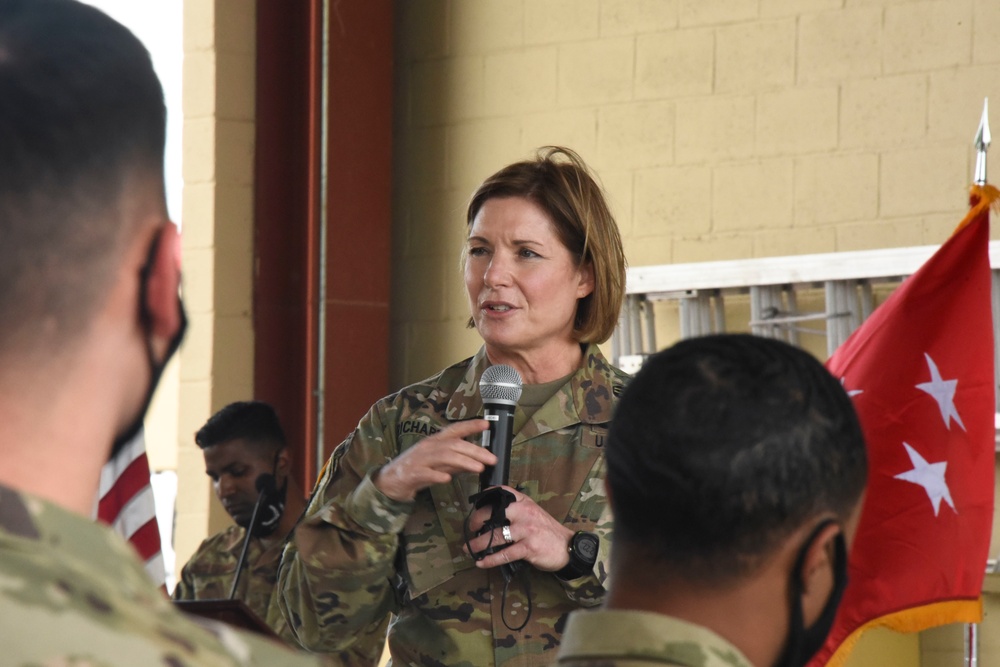After decades of combat flying in the harsh Middle East environment, the Air Force embarked on an aggressive program to deal with an insidious problem that steals aircraft performance, greatly increases maintenance requirements, results in higher fuel consumption rates, and increases emissions. The culprit, the constant erosion and corrosion of high pressure compressor (HPC) and turbofan (TF) blades due to environmental particulates (EPs). These small particulates include sand/dust, smoke/pollutants, sea salts, volcanic ash, and rain droplets that slowly erode and corrode compressor blades, thus reducing engine performance and fuel efficiency.
To mitigate excessive compressor blade wear, and potentially save hundreds of millions of dollars, Air Force Research Laboratory (AFRL) launched a test and evaluation program to identify protective coatings for vulnerable compressor blades. After years of research and analysis, one coating consistently outperformed all others and was competitively down-selected for use on USAF aircraft.
That coating is BlackGold® by MDS Coating Technologies (mdscoating.com).
Rudimentary protective coatings for HPC blades first appeared in the 1980s. However, one could argue that protective coatings trace their lineage to early aviation professionals who place metal strips on the leading edge of propellers to protect them against erosion from sand and dirt. The same concept applies to BlackGold®—protect the most vulnerable parts of blades from the harsh effects of EPs. Each turbine blade, or more accurately “compressor airfoil,” is not unlike the airfoil of an aircraft wing.
The blade’s camber, thickness, and chord define the airfoil’s performance, and each compressor section consists of numerous airfoils that manipulate the airflow for optimum performance. Unfortunately, airfoil shape (chord, thickness, or camber) is degraded by EPs over time and the airflow becomes sub-optimized. That change in designed airflow leads to performance reductions, loss of fuel efficiency, greater emissions, and eventually necessitates maintenance to replace the compressor blades. BlackGold® is specifically designed to greatly reduce the impact of EPs on HPC and TF airfoils.
Today, MDS Coating’s BlackGold® technology has advanced to the point where a polished ceramic-metallic coating, approximately one-third the thickness of a human hair, is applied layer-by-layer to portions of or the entire compressor airfoil in high-vacuum plasma chambers. This process results in coated compressor blades with previously unimagined hardness and ductility that resist the effect of EPs. This allows engine performance retention, reduced maintenance, greater fuel efficiency, and reduced emissions over an engine’s time-on-wing.
A combat example of EP erosion impacts was experienced by the US Marine Corps CH-53 fleet in the early days of OEF/OIF. Compressor blade erosion due to sand and dust (see Figure 1) was so great that engine changes were required after a fleet-wide average of approximately 100 hours. The tremendous maintenance burden and shortage of spares threatened CH-53 combat operations. To stem the attrition, a protective coating from MDS Coating was expedited into service. The impact was immediate and dramatic as engine time-on-wing soared, and in some cases, reached over 20-times the initial fleet average with numerous engines exceeding 2,000 hours engine time-on-wing. Fleet-wide, coated engine time-on-wing averaged a 10-fold increase to over 1,000 hours in the harsh Iraqi combat environment. This success story set in motion additional MDS Coatings research and development that resulted in today’s next generation coating, BlackGold®.

Despite the operational success of the U.S. Marines, timely adoption of advanced coatings by sister services lagged. While the Department of Defense was slow to adopt the advanced coatings, the commercial sector was not. Spurred by rising fuel costs and high maintenance costs, investments in blade coatings provided a rapidly implemented and inexpensive solution with a short return-on-investment timeline. The business case was simple: If coated blades retain their shape longer, performance and fuel efficiency are retained over non-coated engines. This point was proven by a large U.S.-based commercial carrier when it adopted the BlackGold® coating for its Boeing 737 fleet. A side-by-side, 38-month comparison of an uncoated and a coated CFM56 engine (the commercial version of the KC-135R’s F108) revealed a performance and fuel efficiency divergence at the 20th month of monitoring. By month 34, the fuel efficiency difference was a staggering 1.3% and approximately 0.7% average over the 34 months of operations in favor of the coated engine. It is important to remember that time-on-wing for modern turbofan engines can exceed 10 years, and the savings in terms of maintenance and fuel is significant. To date, over 6 million blades are in service worldwide, and given rising fuel costs, the future of BlackGold® is bright!
With an FY2020 $8 billion dollar fuel bill and the current rising fuel costs, the Air Force is rapidly moving forward with certifying the BlackGold® coating. With the strong support from AFRL’s Advanced Power and Technology Office (APTO-RXSC) and Air Force Operational Energy Office (SAF/IEN), the certification process for BlackGold® is scheduled for the two highest fuel cost airframes—the C-17 and the KC-135 in FY22. Initial AFRL estimates for the C-17 conservatively put savings at $13.5 million per year. Translate that fuel savings across the Air Force and the potential is savings is staggering. And this does not include maintenance cost reductions due to potential time-on-wing increases. A significant portion of uncoated HPC blades are unserviceable and require replacement during rebuilds. BlackGold® coated blades are expected to drive blade replacement to near zero allowing for a second “tour” of the blades.
In the coming years our warfighters will need every advantage in a near-peer fight, and BlackGold® is one of them. Every aircraft in the Air Force inventory can benefit from HPC and TF protective coatings, from fighters to bombers, from airlifters to tankers, from helicopters to special operations platforms. For the operator—performance retention is critical, a guarantee that when you need it, the engine thrust is at its peak. For the maintainer—significant reductions in maintenance generated by compressor blade replacement due to EP erosion and corrosion. For the taxpayers—reduced sustainment costs, freeing up funds to support other needed programs. For the OEM—an enhancement for their already outstanding engines that will only grow their reputation for supporting the warfighter. And finally, for all—reduced emissions that will greatly contribute to reducing atmospheric carbon and other pollutants.
